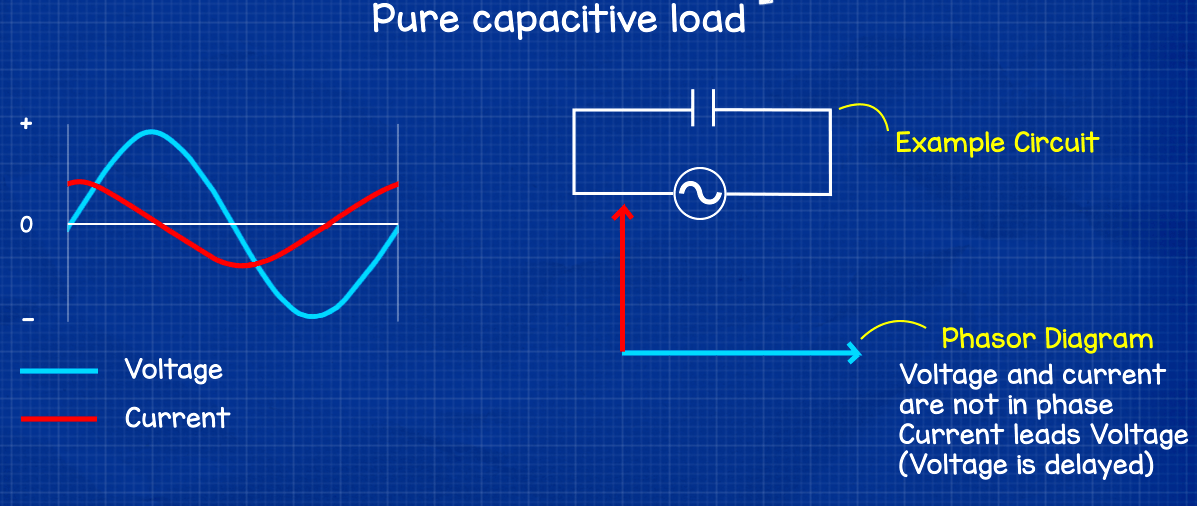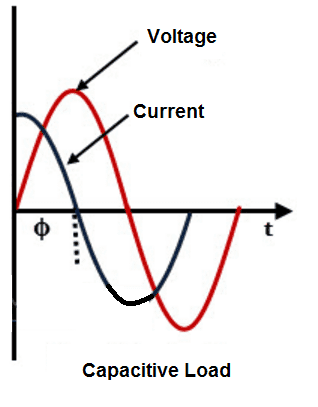Capacitive load example can seem like an intimidating topic, but it is actually quite interesting and important in the field of electrical engineering. If you have ever wondered about capacitive load example and its relevance to power systems, then this blog post is for you. In this post, we will explore what exactly capacitive load example is and why it is so important. So, let's get started!
Pain Points
Many people may find capacitive load example confusing or overwhelming, but it is an essential aspect of power systems. Understanding capacitive load example can be particularly important for those looking to work in the field of electrical engineering.
The Target of Capacitive Load Example
Ultimately, the target of capacitive load example is to minimize the amount of reactive power in a power system. This can help to improve power quality, reduce energy waste, and prevent undesirable voltage fluctuations.
Summary of Main Points
In summary, capacitive load example is an important concept in the field of electrical engineering, as it helps to minimize reactive power in power systems. By understanding capacitive load example, individuals can ensure that power systems are operating at peak efficiency, minimizing energy waste while reducing undesirable voltage fluctuations.
Capacitive Load Example Explained
Capacitive loads refer to devices that store electrical energy in an electric field. These types of loads are common in power systems, and can include devices such as capacitors, electric motors, and transformers. One example of a purely capacitive load is a capacitor bank.

Capacitive loads can be challenging for power systems because they can cause a significant amount of reactive power, which is power that is not being used to perform useful work. This can lead to voltage drops and other issues that can negatively impact power quality.
Capacitive Load Example in Practice
One personal experience I have had with capacitive load example involved working on a project to reduce energy usage in a local factory. After conducting a thorough analysis of the factory's power system, we discovered that the factory had a significant amount of capacitive load example. By installing power factor correction equipment, we were able to minimize the amount of reactive power in the system, leading to a substantial reduction in energy usage and costs.

The Importance of Power Factor Correction
Power factor correction is an important tool for minimizing the amount of reactive power in a power system. This involves adding capacitors to the system to help offset the effects of capacitive loads, which can help to improve power quality and reduce energy waste.

Frequently Asked Questions
Q: What is a capacitive load example?
A: A capacitive load example refers to the use of capacitors, electric motors, and transformers in power systems. These devices can store electrical energy in an electric field and can be challenging for power systems due to the amount of reactive power they produce.
Q: What are the effects of capacitive load example on power systems?
A: Capacitive load example can cause voltage drops and other issues that can negatively impact power quality.
Q: How can power factor correction be used to reduce the effects of capacitive load example?
A: Power factor correction involves adding capacitors to a power system to offset the effects of capacitive loads. This can help to improve power quality and reduce energy waste.
Q: Why is it important to minimize reactive power in power systems?
A: Minimizing reactive power can help to improve power quality, reduce energy waste, and prevent undesirable voltage fluctuations.
Conclusion
Capacitive load example is a crucial topic in the field of electrical engineering. By understanding capacitive load example and the effects of capacitive loads on power systems, individuals can help to ensure that power systems are operating at peak efficiency, minimizing energy waste while reducing undesirable voltage fluctuations.
Gallery
Capacitive Load Examples, Properties, Power Consumption - ETechnoG

Photo Credit by: bing.com / load capacitive examples properties power consumption example
Purely Capacitive Load - The Engineering Mindset

Photo Credit by: bing.com / load capacitive purely factor power explained
Driving Large Capacitive Loads|Capacitance|VLSI Design|B.Tech|M.Tech

Photo Credit by: bing.com / capacitive loads
What Are The Examples Of Capacitive Loads Regarding Power System
Photo Credit by: bing.com / capacitive examples system loads power electricity regarding analysis texas shop
Power Factor For Capacitive Load | Electrical4u

Photo Credit by: bing.com /